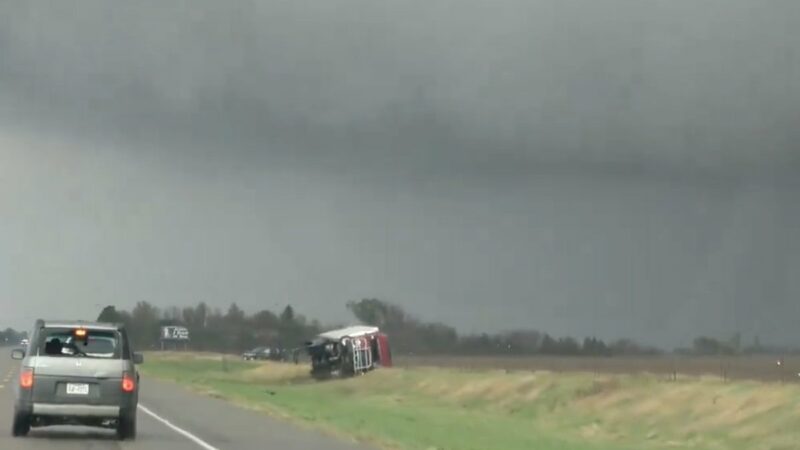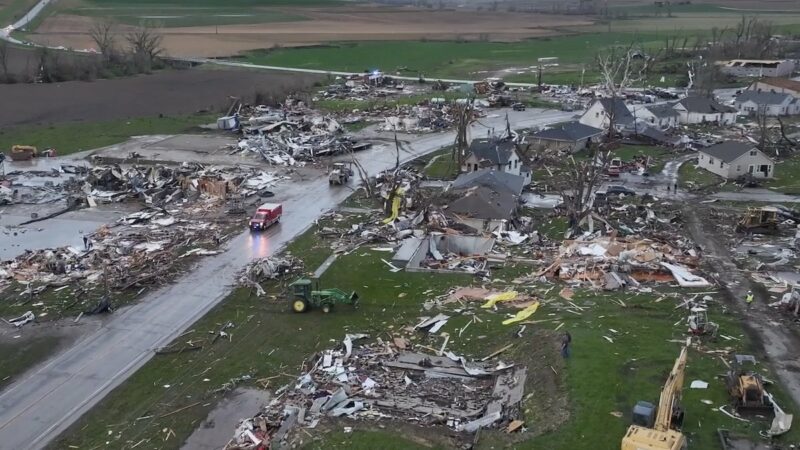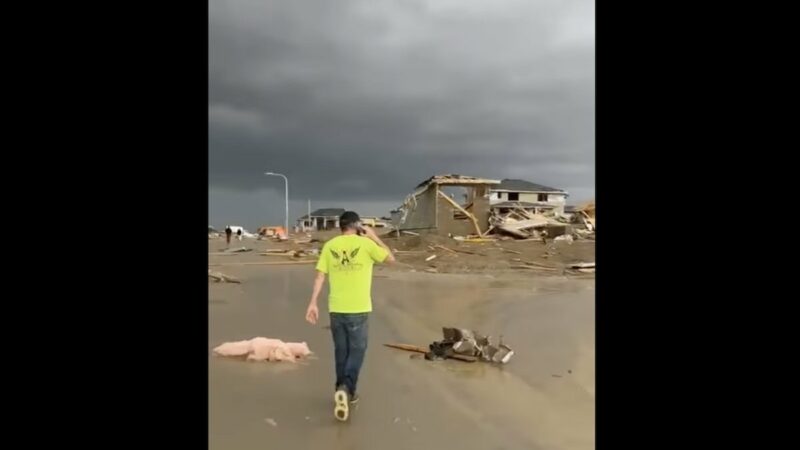It Keeps You Safe Bouldering: What Is a Crash Pad
Depending on a lot of things — but especially conditioning and grace — falling from any height could really mess you up. We’re talking broken ankles, shattered kneecaps, snapped vertebrae, or head-splattering injuries. That’s why most athletes use gear to protect vulnerable parts of their bodies or reduce risk. In the case of climbing, climbers primarily rely on either ropes or crash pads. I know what you’re thinking: of course, those dirtbag climbers use crash pads — they don’t have anywhere else to sleep. However,I’m referring to bouldering crash pads.
Videos by Outdoors
A crash pad is a mat that you place below a climbing surface for bouldering, a type of rock climbing that involves ascending a short wall so it doesn’t require a rope. If you fall or decide to bail, the crash pad will cushion your landing. While it’s simple in theory, in practice, there’s more to think about. That’s why this article will cover what a bouldering crash pad is, and how to set one up.
What is a Crash Pad
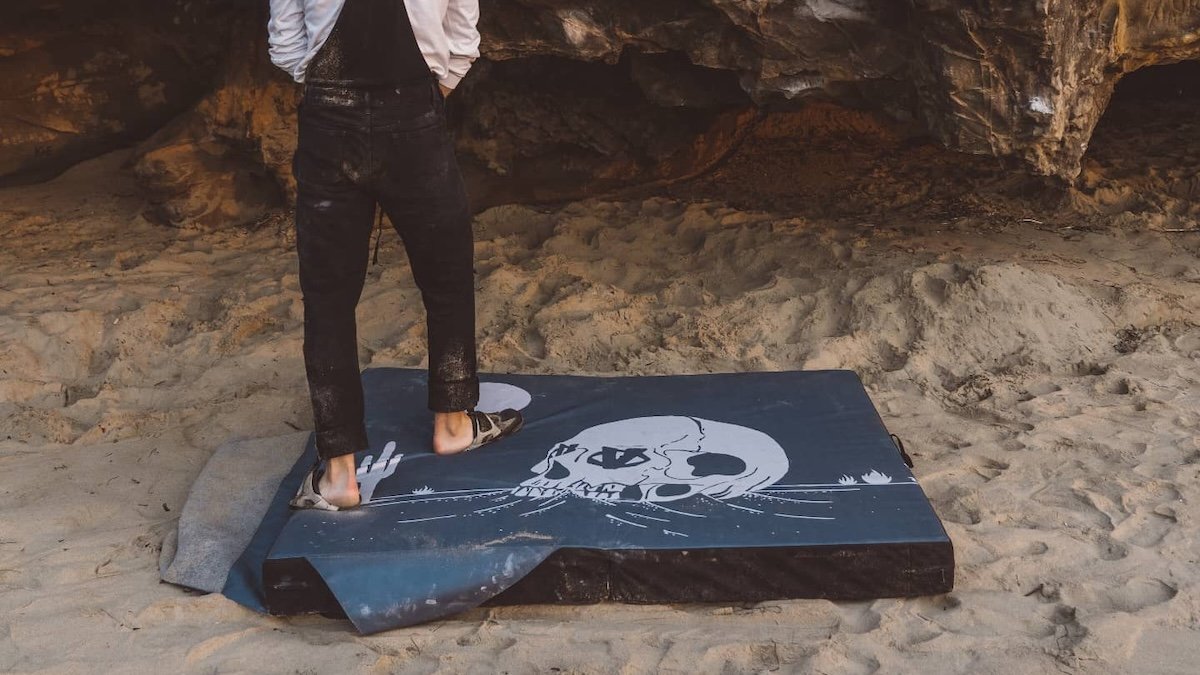
As we mentioned above, a crash pad is meant to pad a landing surface. While you could DIY it and sew some couch cushions together, a bouldering crash pad is typically made by a climbing gear manufacturer — brands like Madrock, Evolv, Metolius, Organic, Flashed, and Black Diamond — and they all share common features.
Inside a crash pad, gear makers insert two layers of foam cushioning. The top layer is softer high-density foam while the bottom layer is firmer low-density foam. Together, they absorb the impact and make it so the weight of your body doesn’t just create a crater in the padding.
Because it’s meant to be used outdoors and lay on dirty rocky surfaces, the exterior of a crash pad typically consists of a durable polymer material. Also, it’ll be equipped with carrying features like straps or handles, so it’s easier to transport. You can also tuck or remove these carrying features, so they’re not tripping hazards.
Dimensions of crash pads vary. Comparing pads by the brands mentioned above, the “landing zone” starts at about 4×3 feet but gets as big as 8×4 feet. In turn, a larger landing zone typically comes in at a higher price point. While that’s not the only factor, it seems to be the main one. Prices range from around $175 to close to $600, but most fall somewhere between $200 and $350.
How to Use a Crash Pad
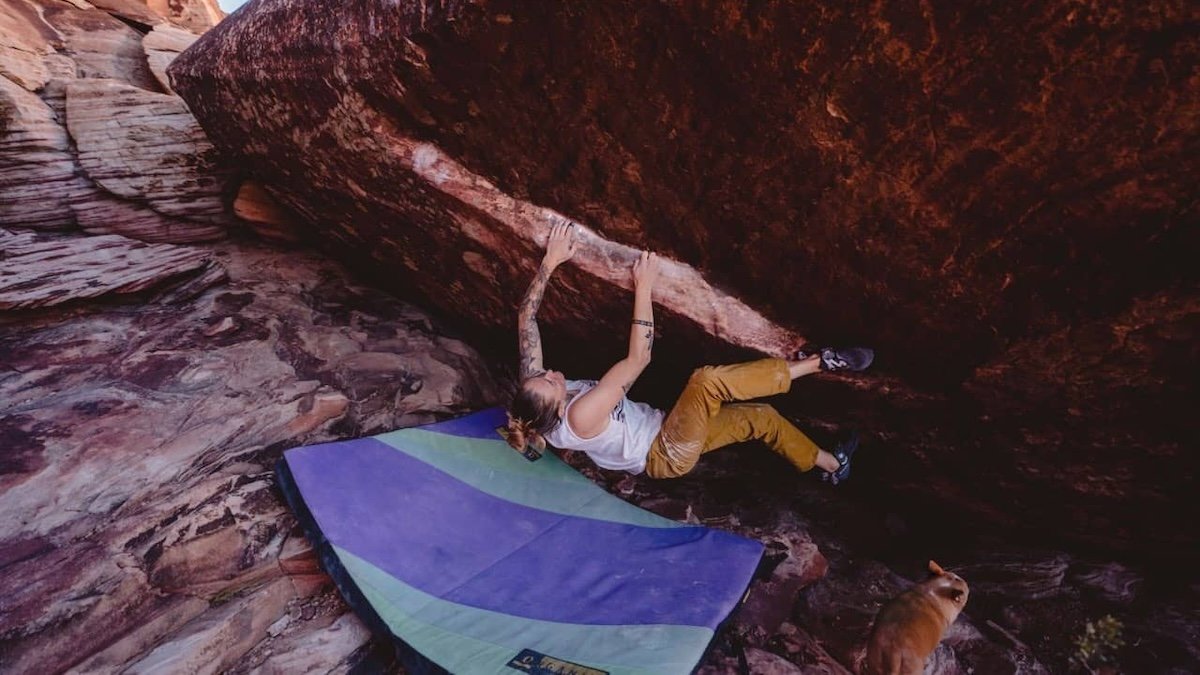
Using a crash pad is more art than science because you will have to eyeball where you place the pad on the natural terrain.
Given that bouldering involves climbing in every direction or angle, you should be strategic with where you place your pad. Experts suggest placing it below the spot where you’re most likely to fall and/or a spot on the ground that will most likely cause an injury. They call these “fall zones.”
Next, experts suggest that you create a level landing surface. For instance, if your fall zone has a slight grade, rocks, or exposed roots, you should position your crash pad so it sits as evenly as possible. This might require folding your pad or using multiple pads. Also, experts say you should close any gaps between pads. The reason is if your body lands in a gap, you’ll wedge the pads further apart and hit the ground.
The last recommendation is to use proper falling technique and a spotter. Experts say a “proper” falling technique means landing on your feet with bent knees and a wide stance. And if you fall backward, they say do not try to catch yourself. Instead, tuck your arms and head and roll. As for the spotter, he or she is not supposed to catch you but rather guide your fall.
READ MORE
Source: https://outdoors.com/what-is-a-bouldering-crash-pad/


